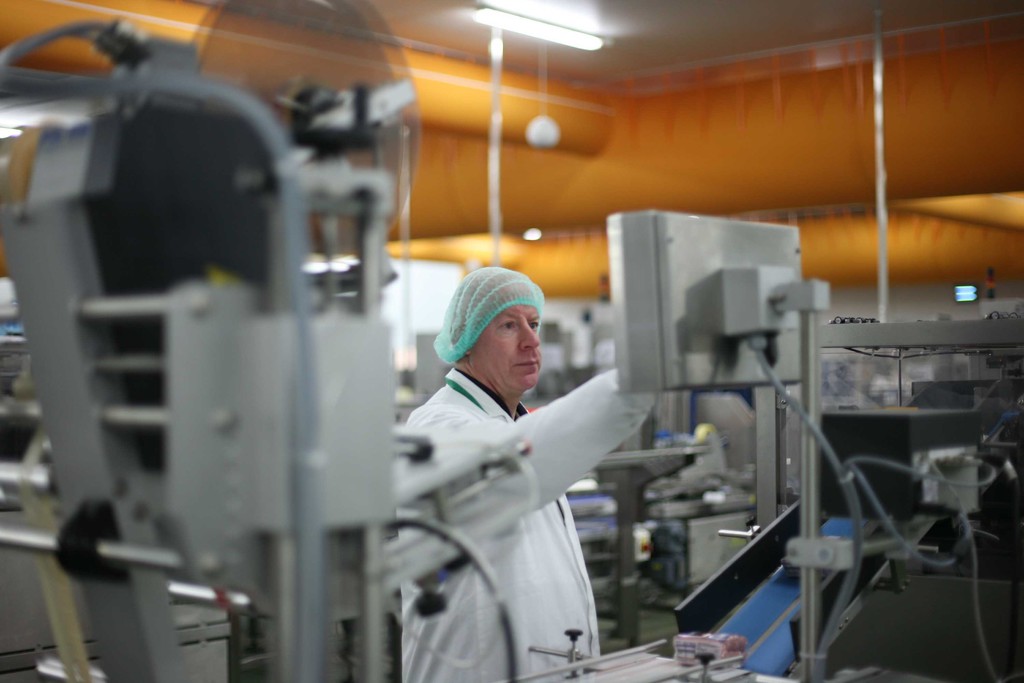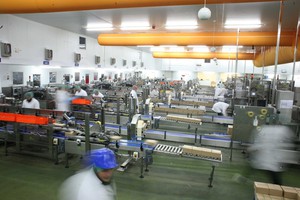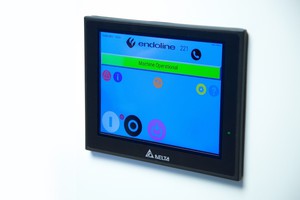

|
Edward Lowton
Editor |


|
| Home> | Plant, Process & Control | >Data capture | >Screens set to cut programming time |
Screens set to cut programming time
25 October 2017
As Industry 4.0 gathers pace and mobile technology becomes increasingly used throughout UK manufacturing, Endoline Machinery has announced plans to roll out an icon-based HMI SMART screen that will feature 50% less pages than its previous screens.

The new SMART screen is set to become a blueprint for all systems built by Endoline from January 2018, with retrofit options available on existing systems.
Companies who have several Endoline systems across multiple plants will benefit from the simplified interface. The company says it is set to slash programming time by up to 50%, with the benefit of remote access control. In addition, the SMART screen, which features easy to use, spanner shaped icons, includes many additional benefits, including predictive maintenance tools, and an alert notifying customers to recommended service times and general wear and tear. Endoline engineers can also customise the interface for faster and simpler integration with third party machinery.
Due to Endoline’s growing international customer base, the interface provides users with the option of switching between different operating languages.
Andrew Yates, sales director for Endoline, comments: “This is a significant step forward for Endoline. Our systems have become increasingly high spec over the years, with greater throughputs, and the ability to manage an unprecedented number of case sizes. However, as manufacturing units become progressively digitalised, it is essential that we simplify processes and make programming even more efficient.”
UK manufacturers have made considerable leaps over recent years to automate their production facilities, but there is now a greater emphasis on linking these systems together. Endoline has witnessed an overall increase in demand to integrate systems directly into customers own specific data networks. Consequently, they can capture, process and analyse the big data from the factory floor remotely, and it can be used to improve productivity, avoid downtime through predictive maintenance, upload new case recipes and optimise energy use.



















